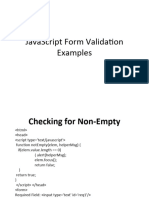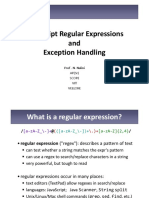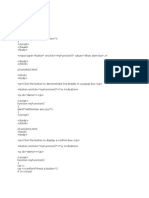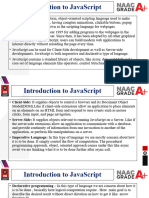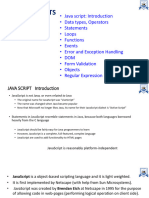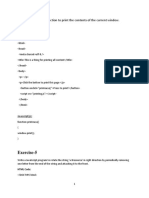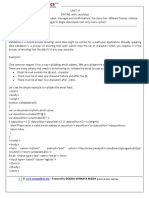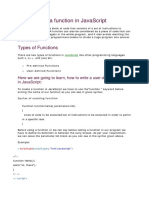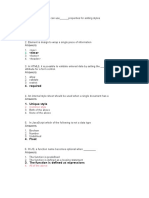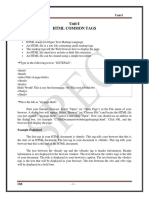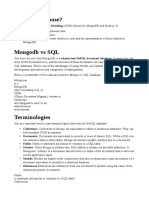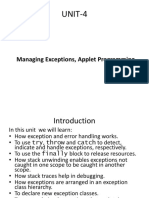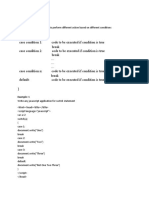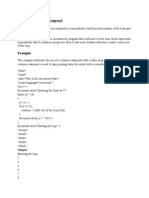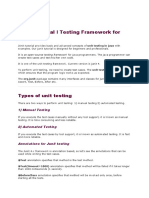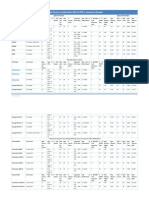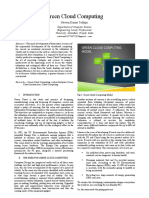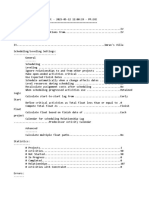0% found this document useful (0 votes)
301 views24 pagesJavascript Validation
The document discusses JavaScript form validation. It explains that JavaScript can be used to validate form data client-side before submission to provide a more user-friendly experience by giving immediate feedback. It describes how client-side validation with JavaScript occurs before form submission, while server-side validation occurs after submission to the application server. The document also outlines various approaches to validation and provides examples of validating required fields, data types, and with regular expressions.
Uploaded by
rina mahureCopyright
© © All Rights Reserved
We take content rights seriously. If you suspect this is your content, claim it here.
Available Formats
Download as PPT, PDF, TXT or read online on Scribd
0% found this document useful (0 votes)
301 views24 pagesJavascript Validation
The document discusses JavaScript form validation. It explains that JavaScript can be used to validate form data client-side before submission to provide a more user-friendly experience by giving immediate feedback. It describes how client-side validation with JavaScript occurs before form submission, while server-side validation occurs after submission to the application server. The document also outlines various approaches to validation and provides examples of validating required fields, data types, and with regular expressions.
Uploaded by
rina mahureCopyright
© © All Rights Reserved
We take content rights seriously. If you suspect this is your content, claim it here.
Available Formats
Download as PPT, PDF, TXT or read online on Scribd
/ 24
